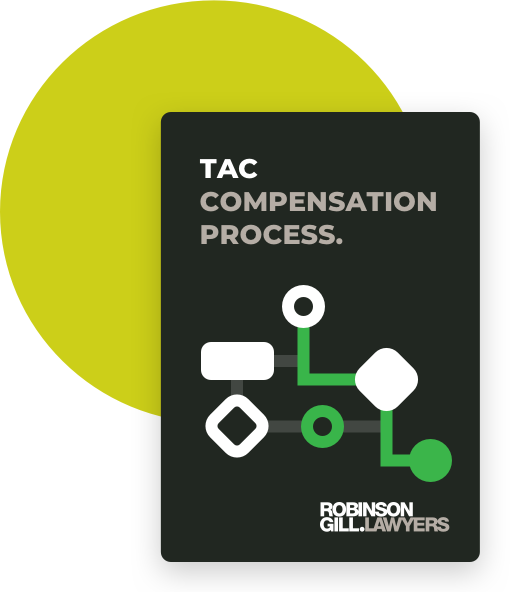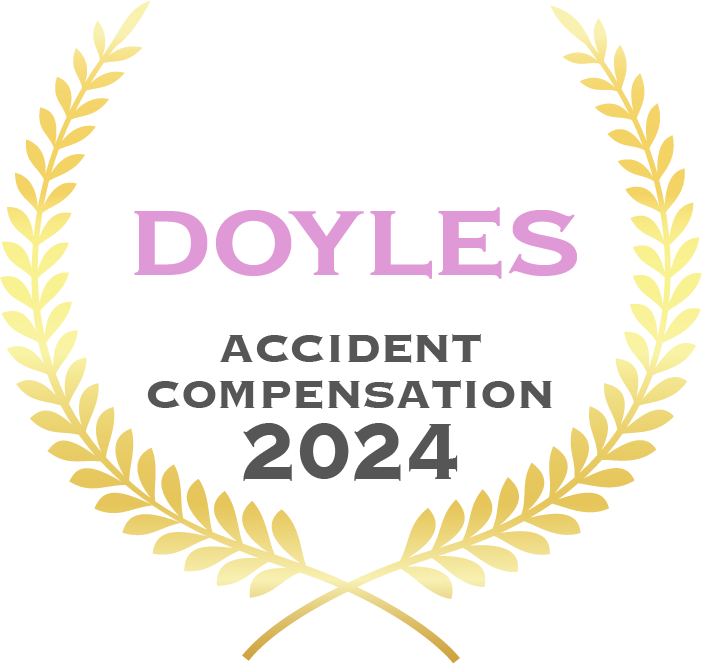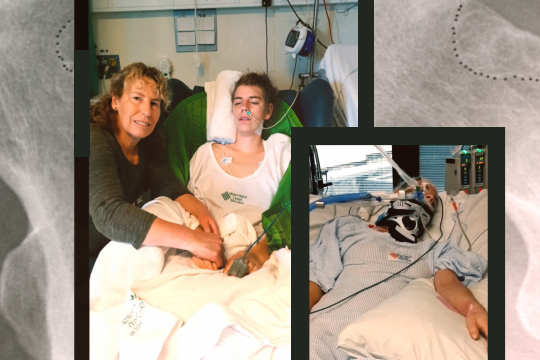Making a TAC claim due to a motor vehicle accident
is a complex and often stressful process that is
best navigated with expert support.
With the experience of our lawyers, you'll be able to
focus on your recovery whilst we take care of the rest.
Driver, passenger, cyclist or pedestrian - you have rights
A motor vehicle accident means an incident involving the use or operation of a motor vehicle which causes injury or death to a person. This includes injuries that result from:
- The driving of a vehicle
- A collision, or action taken to avoid a collision, with a vehicle
- The vehicle's running out of control
- A dangerous situation caused by the driving of a vehicle
The Victorian Motor Vehicle Accident compensation scheme is governed by the Transport Accident Act 1986 and is managed by the Transport Accident Commission (TAC). The TAC scheme provides payment for a range of treatments and benefits to people who sustain injury or illness as a result of a motor vehicle accident.
A motor vehicle is not limited to cars or trucks but also includes motorbikes, trams, trains, buses, dune buggies and tractors.
The scheme also covers cyclists who collide with a stationary motor vehicle, for example, a car door opening into a cyclist’s path or ‘dooring’, and persons injured by public transport doors.
If you've been in an accident on the road or on public transport, our team of lawyers will work with you to ease the burden of making a claim.

What are the next steps?

- The first step in the process is to advise the TAC as soon as you become aware that you have sustained a injury in a motor vehicle accident. All TAC claims should be lodged within 12 months of the date of the accident.
- The TAC may accept a claim up to three years from the date of accident. If you are under 18 at the date of the motor vehicle accident, you have 12 months from the date of your 18th birthday to lodge a claim. The TAC has 21 days from the date it receives your claim to accept or reject it.
- A person has 12 months from the date of receiving any TAC decision to lodge a dispute application. This may include the TAC decision to reject your claim or provide payment for medical treatment or rehabilitation.
- If the matter cannot be resolved with the TAC then you have three months to lodge an Application for Review at the Victorian Civil and Administrative Tribunal (VCAT). You should seek legal advice if you have received a decision from the TAC which you disagree with.

You may be entitled to a TAC claim due to a motor vehicle accident. But receiving fair compensation can be complex.
Download our guide that visually describes the process of claiming TAC compensation.
Speak with a senior personal injury lawyer.

Harry Gill.
Founding Principal.
Jeremy King.
Principal.
- Injury Law & Police Misconduct
- 03 9890 3321
- Email Address: j.king@robinsongill.com.au
Lisa Paul.
Principal Lawyer.
Jacinta Richards.
Principal Lawyer.
- Injury Law, Superannuation, TPD & IP
- 03 9890 3321
- Email Address: j.richards@robinsongill.com.au
Additional legal avenues to consider
Making a claim through your Super & TPD insurance
Your superannuation policy may cover injuries as a result of a road accident. As a result, you may be entitled to additional compensation.
Update your will
After a serious injury, it can be wise to make changes to your will (or draft your first will). Our Wills team can offer you a complimentary review of your will. Bring it your first appointment or use our online tool and have it reviewed by a lawyer.
Resources & FAQs
Answers to common questions in
relation to the expertise.
Basile v Pugh [2024] VSCA 280
The judgment of the Court of Appeal in Basile v Pugh was delivered on 22 November 2024. This was an unsuccessful appeal by the Plaintiff against a decision by His Honour Judge Purcell in the County Court denying leave to extend time under Section 23A LAA in a TAC claim.
I was injured in a car accident, but I wasn’t doing the right thing. Am I still eligible for TAC benefits?
It may come as a surprise that under the Victorian Transport Accident scheme, everyone injured in a transport accident is entitled to benefits from the TAC, even if the accident was their own fault. Further, those convicted of a driving offence are restricted from some entitlements but are always entitled to claim medical and like expenses.
Overcoming the Unknown: Zoe’s Successful TAC Claim Story
In May 2018, a major road traffic collision left Zoe critically injured. Life as she knew it changed in an instant – and as she began the long journey towards recovery, she was faced with an uncertain future.













